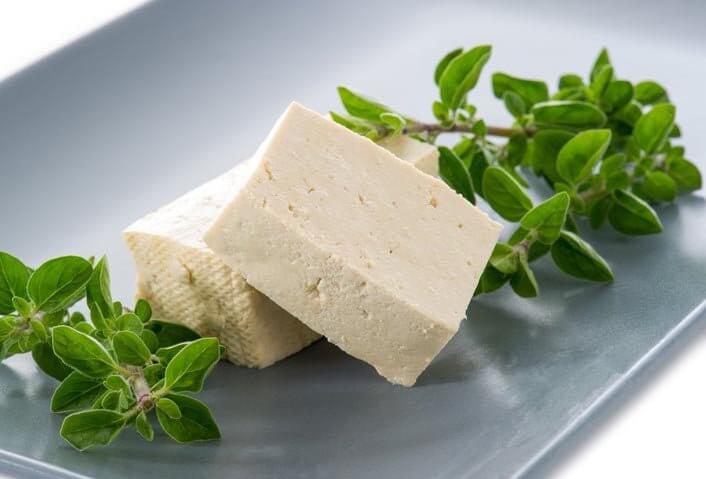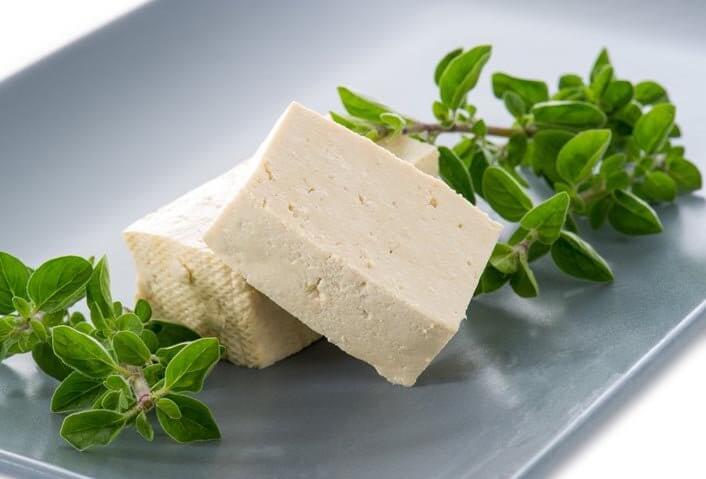
Vegan Cheese Making Recipe
-
Yield
1 Pound
-
Aging Time
None
-
Skill Level
Beginner
-
Author
Jim Wallace

Vegan Cheese Making Recipe Info
About Vegan Cheese
Vegan Vs Traditional Cheese
How to Make Vegan Cheese
Exploring Vegan Cheese Styles
Ingredients
Total price for selected items: Total price:
Instructions
How to Make a Basic Vegan Cheese
No milk or rennet is needed for this cheese. The starter culture used is much like the starter for pickles or sauerkraut. In this recipe you will learn how to make your own "starter culture" for a basic vegan cheese.
Now, let's learn how to make vegan cheese at home for a healthy and tasty snack.
-



Prepare a Lactic Starter
We are first going to make our own lactic bacteria starter culture.
All grains, such as wheat, barley rice, etc., come complete with their own population of natural bacteria. We can access these by changing the grains a bit:
- Choose your grains and after soaking and rinsing the grains over a few days you will see small sprouts beginning to form. This is a natural event in all plant grain/seeds and when it happens - the starch in the grain/seed changes into a more accessible food for the bacteria. Schinner details this sprouting in her book.
- My variation here is to begin with some malted barley (or wheat) since the malting process has already taken care of the change in starch and it is ready for fermentation. This can be found at most health food or homebrew stores.
You can now take the sprouted or malted grain and add it to a jar of water at room temperature.
Place this in a quiet place at room temperature for 2-3 days. You will see some bubbling and will notice a very tangy change to the flavor. This is the result of enzymes in the grains and lactic bacteria growing.
This will be the lactic starter culture to ferment the sugars in the cashews which creates that nice tangy flavor we are looking for. Once the fermentation tastes a bit tangy, place it in the fridge to slow things down. This will keep for a few weeks and remain active.
-




Soak Cashews
Soak 2 cups of cashews for about 6-8 hours. Once soaked, place them in a colander to drain and then transfer them into a blender or food processor.
-




Blend Cashews & Culture
Now add about 1/4 cup of the starter/rejuvelac to your soaked cashews and begin turning it all into a smooth paste.
I find that it works best to begin with a coarse chop and then switch to a slower speed for the paste. Once coarsely chopped add the remaining 1/4 cup of starter/rejuvelac and continue mixing until a smooth paste is formed.
You will find that you need to stop and scrape it all back into the center frequently.
-

Transfer Paste into Bowl
You now have a cashew paste to supply the protein mass and sugar along with an active bacteria culture that is ready to convert the sugars to lactic acid. Transfer this paste into a covered bowl.
-


Fermenting
Now, all that you need is a bit of time in a quiet place to keep it at room temperature (68-72°F). You will begin to notice that after about 2 days, the flavor of the sweet paste becomes somewhat tangy. This is due to the lactic bacteria you prepared in the starter as it converts the sugars in the cashew paste to lactic acid.
Allow this fermentation to continue until the flavor is right for you. Some people like it balanced to the acid side while others like it a bit sweeter. It's all good in my book.
As soon as it seems right to your taste, you can refrigerate your vegan cheese. If it seems to be too dry at this point, you may add some more liquid as you mix it. Lemon juice can sometimes add a nice fresh flavor.
-


Finished Cheese
The best part of course is when it is ready to eat. You can now leave it in the bowl as a spread, roll it into a log or other form, mix in any herbs or spices you care to add, or use it as a base for one of Schinner's other cheeses. Its all good.
This will now last for a couple of weeks refrigerated. Just wrap in a breathable wrap and store in a covered plastic container.
Cheese Making Supplies
Related Products
You May Also Like




































